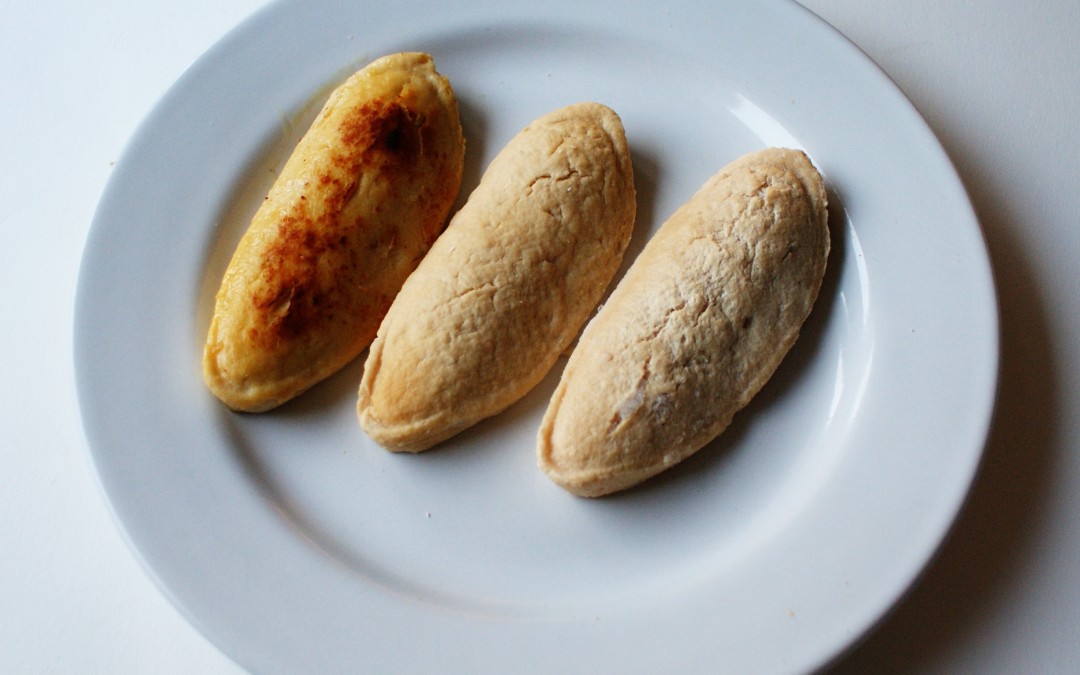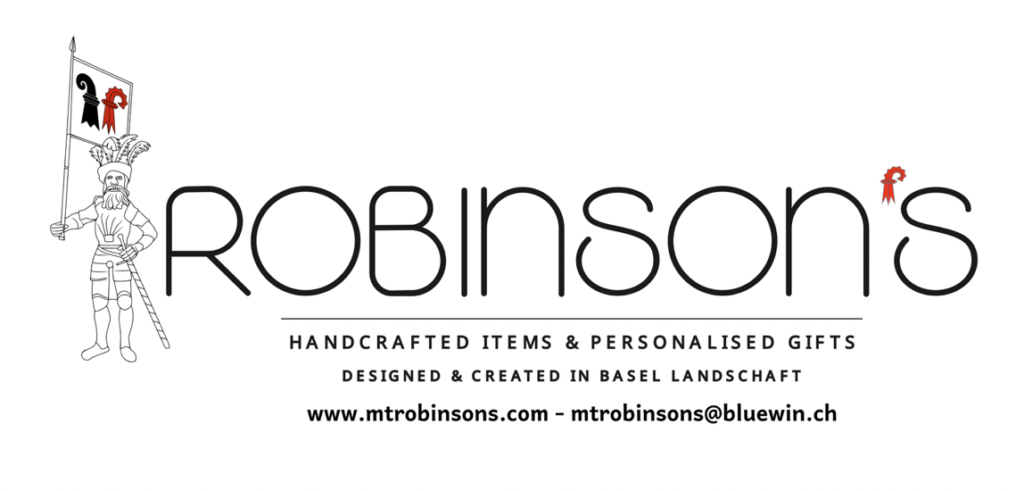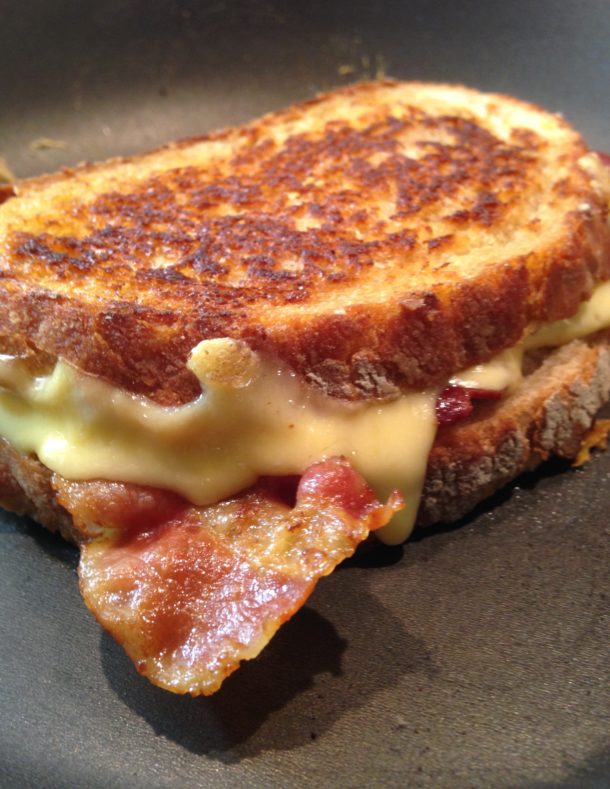All week long we’ve been talking about what the Kitchen of the Future might look like – what types of chefwear we’ll be standard issue, how science might expand our food options, and how seemingly unrelated insects play a HUGE role in the economics of food. What we haven’t yet talked about is what the future of food will look and taste like.
Exploring what food will look like in the future is a really fun exercise, not only because there are so many possibilities, but also because a lot futuristic food choices are already being created. It almost seems as if the future is now, and we’re eating our way through it.
We’re already whipping up meat that comes from a lab (and doesn’t require growing and slaughtering a pig or cow), space-age looking meal replacements, and creating new food products that have never before existed. Here’s some of the current future food options that are being developed. And who knows, maybe in 10 years, we’ll all be eating these things.
Meal Replacements
If you’re reading this and thinking “Eh, meal replacements are nothing new”, then you’re right. They’re not. Fad diets have turned companies like “Shakeology” into massive brands where people replace a home cooked meal for a blended beverage with the same number of calories (and presumably half the taste). But probably the creepiest meal replacement product we’ve seen in recent years was the launch of “Soylent” – a startup born out of Silicon Valley. Aside from a poor name choice (Soylent Green: it’s people), Soylent is apparently designed for people who want to eat healthy, but have no time to cook or buy already prepared foods and dislike pesky things – like flavors.
Soylent is strange because on one hand, it’s pretty innovative and could possibly have a use (maybe in a post-apocalyptic world). Realistically, Soylent could be a very viable form of nutrition in third world countries and for military forces who need nutrition in easily transportable packaging. On the other hand, as a chef, the idea of taking out the flavor and consistency of individual ingredients and being left with calories and nutrients in a lumpy beverage just sounds like the worst.
Creating New Foods
The creation of new foods is not so foreign a concept as you might think. Think about tofu: while the details of its origins aren’t fully known, it’s thought that the Han dynasty of China created it somewhere around 179 BC. More recently, our ability to genetically modify foods with properties that help them stay fresh longer, or grow larger is technically part of new food creation, as well. But there’s also the option of creating a food product entirely out of molecular compounds, like proteins. That’s what Quorn is.
Quorn, while not yet widely known in the U.S., is a food that has the taste and texture of meat, but isn’t a meat product. It’s also not really a vegetable. What it is, is a food made out of Mycoproteins. Mycoproteins are proteins derived from fungus (also known as fungal proteins). They were created in the mid-1980s in the UK as a possible solution for future food shortage.
At this point, Quorn is widely sold in the UK and other parts of Europe, but it hasn’t penetrated much of the US market. If you had to compare it to something, it’s sort of the equivalent to how tofu is used in the vegetarian community (think: tofu substituted for meat products). Quorn comes in all shapes and sizes, including deli slices, minced quorn, and quorn links (like sausages) – they even have “Quorn dippers”, which look like little Quorn chicken nuggets.
While Quorn also fills a niche by offering an easy-to-recreate source of protein and food that can be used in case of massive shortages, it also fills a good niche in the vegetarian community. And it might be suitable for the vegan community shortly, although at the moment, every Quorn product contains eggs.
Test Tube Food
While it’s nice to have non-traditional food options, what about those times when all you really want is a big, juicy steak? Luckily, there are a number of companies working on this exact issue. With test-tube food being much more commonplace now that it was even 5 or 10 years ago, a big emphasis is being put on creating meat products in a petri dish.
There was a big story a year or so ago when Google’s Sergey Brin invested in inventor Mark Post who created a burger entirely out of a test tube at Maastricht University in the Netherlands. While the burger itself didn’t get rave reviews, it was a huge step in the right direction and made a lot of people realize the potential for food creation that doesn’t sprout out of or roam farmland. The next step is looking for ways to recreate steak, although that’s going to take some more thought. Steak is a much more difficult food to create, since it requires complex tissue development, and that hasn’t been done yet.
While it’s impossible to predict the future, we can take a look at what’s happening in the world now and make some informed predictions. The disappearance of bees (as we talked about yesterday) is going to have a pretty major impact on our farm produce unless we find another affordable and efficient way of pollinating our plants. This could significantly limit our ability to grow vegetables and fruits like cucumber, strawberries, broccoli, cabbage, and lots of other plants. A situation like that could mean that lab-created food would become the new normal and the vitamins and nutrients that are provided by those foods would need to be artificially created or taken in supplement form.
Whatever the future holds, it is nice to know that there are options and that food scientists will continue to make lots of progress in new food innovation. And who knows, maybe Soylent will even start to offer flavors.






Trackbacks/Pingbacks